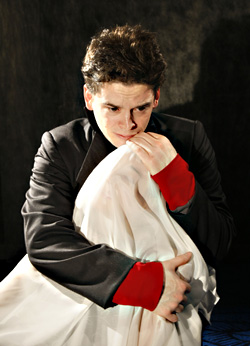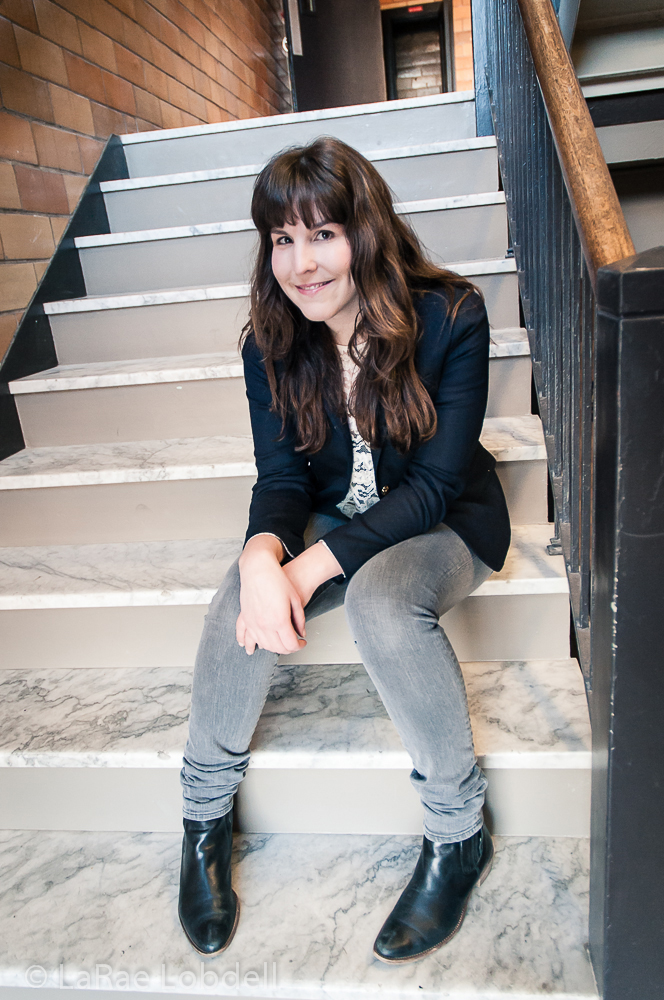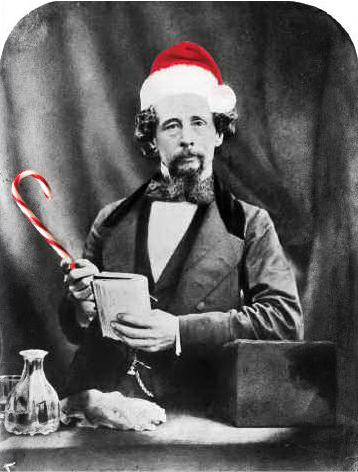One night during a 1996 production of Romeo and Juliet at the Seattle’s Children Theatre, a family grabbed their coats and went to the house manager. “They told him, ‘We’re really having a wonderful time,'” recalls director Rita Giomi, “‘but we’re leaving, because we didn’t know it was going to be in that Shakespeare language.'” She laughs. “What do you say to that? ‘Good luck to your children in the future,’ right?”
So here’s a warning about Giomi’s production of Hamlet, currently up at SCT: It’s in Shakespeare language. While the show features only five actors and runs a speedy 1 hour and 45 minutes, the lines are the Bard’s, and so is the story, presented in all its uncensored glory. That’s concerned a few of the teachers bringing classes to SCT. “The two top questions we get are: ‘Is there incest?’ and ‘What about Ophelia’s suicide?'” she says. The concerns are understandable but also demonstrate how much misunderstanding there is about what actually happens in the play. As Giomi points out, the repeated references to “incest” refer to Gertrude marrying her brother-in-law, Claudius, which was considered incestuous in Shakespeare’s time. As to whether Ophelia jumped or fell into her watery grave, Gertrude’s narration makes it out to be an accident.
Giomi’s directing credits include a lot of Shakespeare, and although this is her first time directing Hamlet, her editing is conscientious and shows off her extensive experience. Except for egocentricities like Kenneth Branagh’s 1996 film version, practically no one does Hamlet uncut. It’s a bulky duffel bag of a play with too many subplots (see: Fortinbras and the Norwegian army), too many characters (see: Osric, the court dandy), and some outrageous plot contrivances (see: boarding a pirate ship during a sea battle). It contains everything from tips on acting to a lengthy and obscure gripe about rival theater companies of child actors. An abridgment gives the play shape and pulls its diverse themes into a manageable bundle.
Giomi’s version focuses on family dynamics. “I wanted our audience to hear the story of this young man who suddenly has a huge burden of responsibility thrown on him,” she says. “He’s lost his father, doesn’t know if he can trust his mother, doesn’t know which friends he can trust, and is in a situation he doesn’t want to be in but must take responsibility for. Middle-school, high-school students? They get that.”
While the economics of live theater are ultimately behind SCT’s decision to use only five actors, Giomi, who’s directed both Romeo and Juliet and The Tempest for SCT with small casts, thinks the novelty of the enterprise helps to engage audience members familiar with the play. “This isn’t possible with the history plays, for example; there you’d have actors running on and off all the time, switching hats and pretending to be different factions.” At the heart of Hamlet is a pair of small domestic tragedies, Hamlet and his parents and Polonius and his children, and this allows the director to tell the story without the masks and puppetry she used to such superb effect with the earlier productions.
Sitting in at rehearsal, I saw a stripped-down production that’s intense, fast-paced, and refreshingly clear. Giomi’s staging shows a thorough understanding of the script’s complex geometrics and makes great use of Matthew Smucker’s elegant set, a series of translucent gray screens. In large portions of Hamlet, practically everyone is only a room or two away from the main action we’re observing. In this production, we often see both the action and whoever’s watching it. When Polonius has the very bad idea of concealing himself behind the arras, he’s in full view of the audience, giving the scene an extra tension. I’m impressed that SCT is again treating its audience not as children but as reasoning beings who can handle complex themes and a (very) unhappy ending.
Giomi’s blessed with strong performers like Shakespeare vets Amy Thone and Peter Crook, as well as younger actors she’s worked with before, like Renata Freedman and her Hamlet, Connor Toms. All handle the language fluently, but the director thinks the impenetrability of the language is overstated, a hangover from adults who encountered the plays in school as written texts, not performances. “Kids get it,” she insists. “If they can understand hip-hop, they can get Shakespeare.” Her eyes scan the stage where the actors are working out the details of Polonius’ death. “Compared to those lyrics, this language is much more linear. And it tells an amazing story.”
John Longenbaugh








